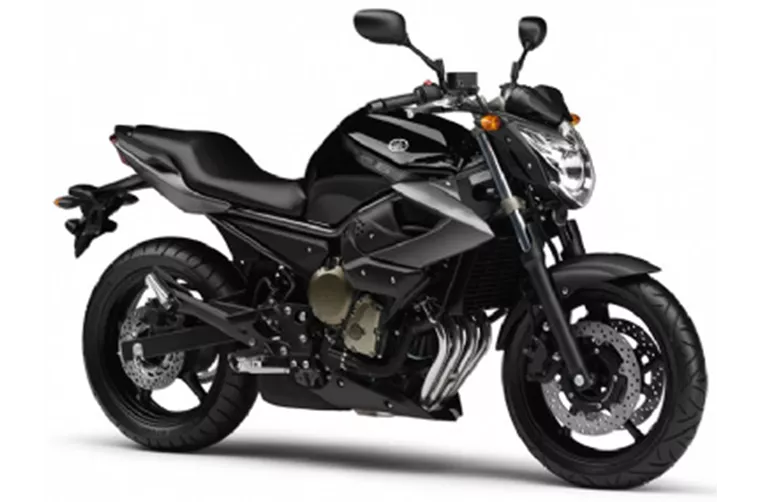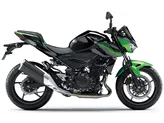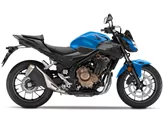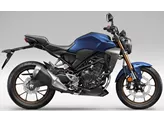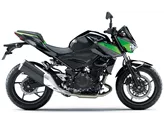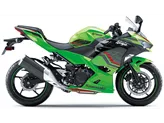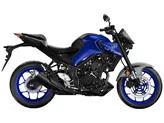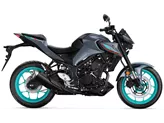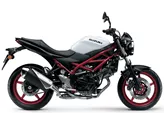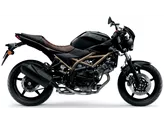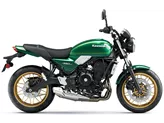Yamaha XJ6 2009 vs. Kawasaki Z 400 2019

Yamaha XJ6 2009

Kawasaki Z 400 2019
Overview - Yamaha XJ6 2009 vs Kawasaki Z 400 2019
The Yamaha XJ6 2009 and Kawasaki Z 400 2019 are both naked bikes that offer different features and characteristics.
Starting with the Yamaha XJ6 2009, it boasts a powerful engine with 78 HP and 59.7 Nm of torque. It has a 4-cylinder liquid-cooled engine with a displacement of 600cc. The front suspension is a telescopic fork, and the frame is made of steel in a double cradle design. The front brakes are double disk, and it has a 17-inch front and rear tire diameter. The wheelbase is 1440 mm, and the seat height is 785 mm. The fuel tank capacity is 17.3 liters.
The strengths of the Yamaha XJ6 2009 include its rider-friendly performance characteristics, optimal clutch, and playful, lighter handling. It also offers seat comfort and has an individual look that appeals to younger riders. Additionally, it is known for its aggressive and high-quality build.

Yamaha XJ6 2009
However, the Yamaha XJ6 2009 does have some weaknesses. The design components may not be too demanding, and the torque development may not be as impressive as some other models.
On the other hand, the Kawasaki Z 400 2019 has a slightly less powerful engine with 45 HP and 38 Nm of torque. It features a 2-cylinder liquid-cooled engine with a displacement of 399cc. The front suspension is also a telescopic fork, and the frame is made of steel in a tubular design. The front brakes are a single disk, and it has a 17-inch front and rear tire diameter. The wheelbase is shorter at 1370 mm, and the seat height is the same as the Yamaha XJ6 at 785 mm. The fuel tank capacity is slightly smaller at 14 liters.

Kawasaki Z 400 2019
The strengths of the Kawasaki Z 400 2019 include its great and very controllable power delivery, low weight, and good seating position. It also offers a great sound and is considered very suitable for novice riders.
However, the Kawasaki Z 400 2019 does have some weaknesses. The clutch and brake levers are non-adjustable, which may not be ideal for riders who prefer customization. Additionally, the chassis is limited in terms of adjustability.
Overall, the Yamaha XJ6 2009 and Kawasaki Z 400 2019 cater to different preferences and riding styles. The Yamaha XJ6 offers a more powerful engine and a unique, aggressive design, while the Kawasaki Z 400 focuses on controllable power delivery and a lightweight build. Ultimately, the choice between the two would depend on the rider's individual preferences and priorities.
Technical Specifications Yamaha XJ6 2009 compared to Kawasaki Z 400 2019
Pros and Cons in comparison
Pros and Cons in comparison
Yamaha XJ6 2009
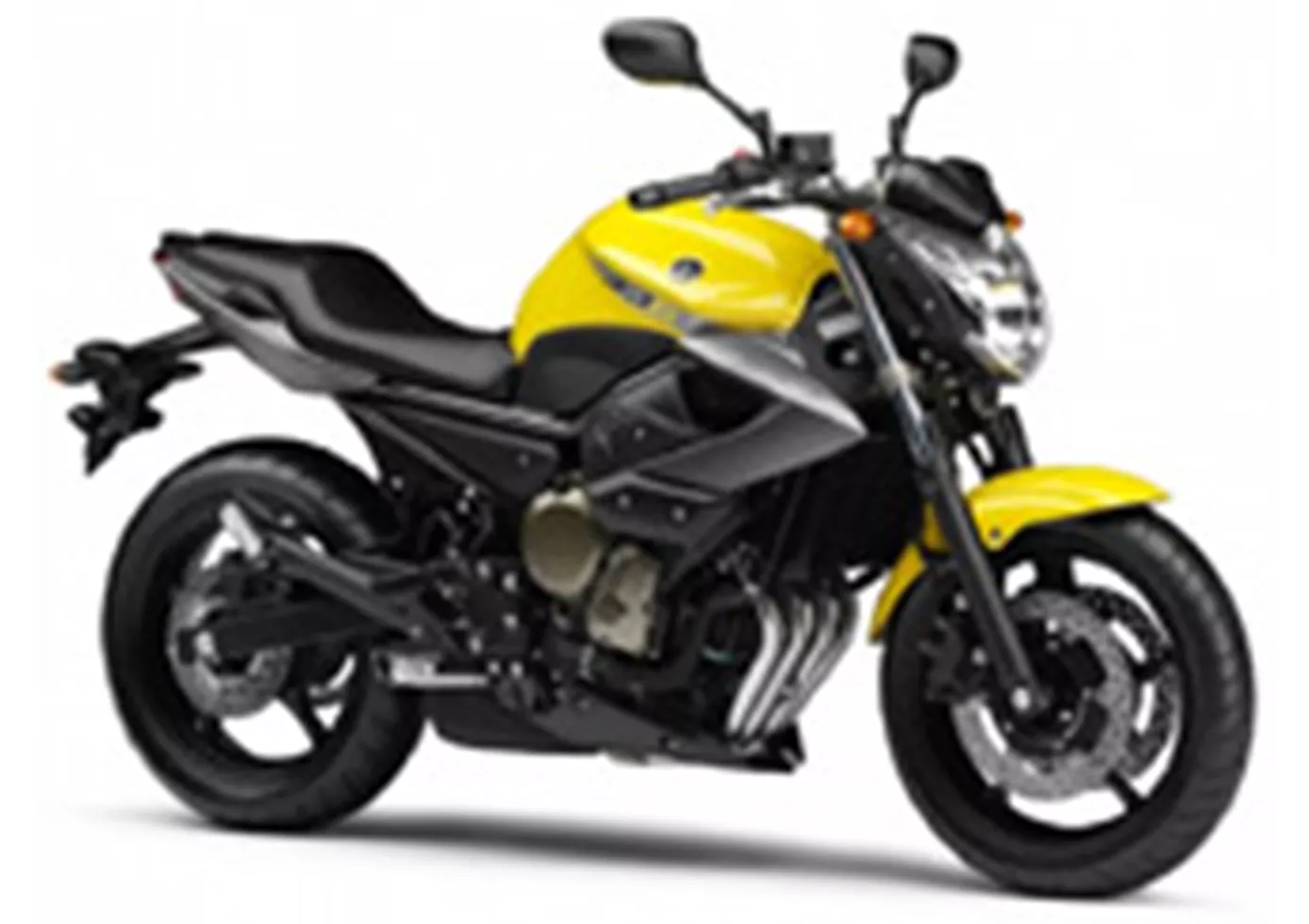
Despite the common basis, the XJ appears much younger and more aggressive. A mid-cass motorbike that by no means makes you feel mid-range. Except for the swingarm, the motorbike appears quite high-quality and cool. The bike is a little easier to handle than the Diversion.
Kawasaki Z 400 2019

The Kawasaki Z400 is definitely a great evolution of its predecessor, the Z300. More power, less weight - all around, simply an even better bike. Above all, the linear power delivery and excellent handling make the Z400 an ideal entry-level bike. The ease of clutch operation and good chassis set-up are also in this vein, which is why the Z400 can be recommended to novice riders without hesitation.
Price Comparison Avarage Market Price Yamaha XJ6 vs Kawasaki Z 400
There are a few key differences between a Yamaha XJ6 2009 and a Kawasaki Z 400 2019. In terms of price, the actual average price of a Kawasaki Z 400 2019 is about 17% higher. A Yamaha XJ6 2009 experiences a loss of 200 USD in one year of ownership. This is offset by a loss of 270 USD for a Kawasaki Z 400 2019. There are the same number of bikes of both models available on the 1000PS.de marketplace, specifically 6. It takes less time to sell a Yamaha XJ6 with 31 days compared to 99 days for a Kawasaki Z 400. Since model year 2009 1000PS.de editors have written 4 reviews for the Yamaha XJ6 and 8 reviews for the Kawasaki Z 400 since model year 2019. The first review for the Yamaha XJ6 was published on 11/13/2008 and now has more than 21,900 views. This compares to more than 23,200 views for the first review on Kawasaki Z 400 published on 10/2/2018.
